Megjegyzések / Kérdések (76)
![]() Liv Unni Haugen írta:
Liv Unni Haugen írta:
Trenger det oppdaterte M2 mønster til neville herregenser. Det er Dropsmønster. Det ble endret i 2012?
29.05.2025 - 14:48A DROPS Design válasza:
Hei Liv Unni. Ja, diagrammet ble oppdatert 24.09.2012 og det er det nye diagrammet som ligger under oppskriften. mvh DROPS Design
02.06.2025 - 10:29
![]() Regine Dhaene írta:
Regine Dhaene írta:
Hello, Er wordt melding gemaakt dat het M2 patroon gecorrigeerd is maar waar is de link naar het nieuwe telpatroon of is dit reeds het correcte telpatroon die op de pagina staat ? Mvg.
27.03.2025 - 09:14A DROPS Design válasza:
Dag Regine,
De correcties zijn reeds doorgevoerd in het online patroon. Mocht je een patroon hebben afgedrukt voor de correctiedatum, dan zijn daar de correcties nog niet in doorgevoerd.
30.03.2025 - 10:35
![]() Anita Schölling írta:
Anita Schölling írta:
In der Anleitung werden die Farben nur mit Anthrazit und Natur angegeben; es gibt aber auch weiße Wolle! Wie ist das zu verstehen?
04.11.2024 - 13:53A DROPS Design válasza:
Liebe Frau Schölling, die Farbe, die im Foto als weiss aussieht ist in fakt Farbe nr 01, natur. Viel Spaß beim Stricken!
04.11.2024 - 14:44
![]() Bjørg HelenWik írta:
Bjørg HelenWik írta:
Hvor finner jeg mål på størrelsene?
17.10.2024 - 13:14A DROPS Design válasza:
Hej Bjørg, dem finder du i måleskitsen nederst i opskriften :)
18.10.2024 - 08:19
![]() Sandra írta:
Sandra írta:
In der Anleitung steht: Nach 44 cm aug beiden Seiten je 8 Maschen für das Armloch abketten. 44 cm Nach dem Bündchen oder nach 44 cm Gesamtlänge? LG
08.10.2024 - 09:07A DROPS Design válasza:
Liebe Sandra, messen Sie diese 44 cm ab der Anschlagskante, dh mit dem Bündchen und nicht nach dem Bündchen. Viel Spaß biem Stricken!
08.10.2024 - 16:18
![]() Paola Andrea Bustos Catalán írta:
Paola Andrea Bustos Catalán írta:
Es hermoso, el patrón está disponible en español?
18.08.2024 - 22:37
![]() Susanne Fabian írta:
Susanne Fabian írta:
Hallo, ich möchte gerne den Pullover 135-4 stricken. Leider ist er ja nur bis 3XL angegeben, der Herr benötigt aber 5XL. Meine Frage nun: Folge ich dem Logarithmus der hier in folgenden Schritten angegeben ist? Also S-3XL Rundnadel Nr. 3, 200-220-236-256-276-292 M 20-16-20-20-16 - 20-20 zusätzlich für 4XL und 5XL? Ich hoffe, dass Sie verstehen, was ich meine. Vielen Dank schon mal
11.02.2024 - 20:57A DROPS Design válasza:
Liebe Frau Fabian, leider können wir nicht jede Anleitung nach jeder Anfrage anpassen, gerne kann Ihnen damit Ihr Wollladen - auch per Telefon oder per E-Mail weiterhelfen. Danke für Ihr Verständnis. Viel Spaß beim stricken!
12.02.2024 - 09:14
![]() Ulla-Maria Quist írta:
Ulla-Maria Quist írta:
I mønster M1 til ærme, er der i rapporten 8 masker. Ærmets maskeantal efter rib er 60 masker (str L). Hvordan hulan passer det? 60 delt med 8 - den kan jeg ikke regne ud.
23.11.2023 - 12:51A DROPS Design válasza:
Hej Ulla-Maria, selve rapporten går kun over 4 masker, så den vil komme til at gå op :)
24.11.2023 - 14:48
![]() Stine írta:
Stine írta:
Hej :-) Jeg har strikket ribkanten og skal nu strikke 15cm før udt. Er det inklusiv ribkanten eller er det 15 cm glatstrik? Hav en god dag!
08.04.2023 - 23:35A DROPS Design válasza:
Hej Stine, du måler fra starten af arbejdet :)
13.04.2023 - 14:53
![]() Françoise TEYCHENEY írta:
Françoise TEYCHENEY írta:
Bonjour, je suis en trains de réaliser ce pull en taille M, mais je trouve que le rendu avec le rehausse-dos n'est pas joli. Est-il possible de le réaliser sans rehausse-dos et dans ce cas, combien de centimètre dois-je tricoter avant le cotes d'encolure ? Merci pour votre réponse et félicitations pour vos très beaux modèles que je fais régulièrement.
16.02.2023 - 16:01A DROPS Design válasza:
Bonjour Mme Teycheney et merci. Vous pouvez tout à fait "sauter" ces rangs raccourcis de la réhausse et passer directement au col. Ainsi, l'encolure devant et dos seront identiques. Bon tricot!
16.02.2023 - 16:50
Neville#nevillesweater |
||||||||||
|
|
||||||||||
Kötött DROPS pulóver férfiaknak, kerek vállrésszel és Norvégmintával "Karisma" fonalból Méret: S - XXXL
DROPS 135-4 |
||||||||||
|
MINTA: Lásd az M.1-es é M.2-es diagramokat. A diagramokat harisnyakötéssel kötjük, és a minta 1 ism-t ábrázolják. -------------------------------------------------------- TESTRÉSZ: Körben kötjük a körkötőtűn: A kezdéshez szedjünk fel 200-220-236-256-276-292 szemet a 3 mm-es körkötőtűre, az antracit szürke fonalból. Bordás mintával folytatjuk = 2 S / 2 F 8 cm-t. Váltsunk a 4 mm-es körkötőtűre, és kössünk 1 kört sima szemekkel, miközben UGYANAKKOR egyenletesen elosztva fogyasztunk 24-28-32-32-36-36 s szemet = 176-192-204-224-240-256 szem. Tegyünk 1 jelölőt a kör kezdetéhez, és 1 másikat 88-96-102-112-120-128 szem után (= a darab két oldala). Folytassuk harisnyakötéssel. NE FELEDKEZZÜNK MEG A MEGFELELŐ KÖTÉSPRÓBA BETARTÁSÁRÓL. Amikor a darabunk 15 cm-es mindkét jelölő mindkét oldalán szaporítsunk egy-egy szemet (= 4 szemet szaporítottunk). Ismételjük meg a szaporítást 5 cm-ként, összesen 4-4-5-5-5-5 alkalommal = 192-208-224-244-260-276 szem. UGYANAKKOR, amikor a darabunk 41-42-44-45-46-48 cm-es, láncoljunk le mindkét oldalon 8 szemet a karöltőhöz (vagyis mindkét jelölő mindkét oldalán 4 szemet). Tegyük félre a darabot és kössük meg a két ujját. UJJA: Körben kötjük a kéthegyű kötőtű-készleten. A kezdéshez szedjünk fel 56-56-60-60-64-64 szemet az 3.5 mm-es kéthegyű kötőtű készletre, az antracit szürke fonalból. Kössünk a bordásmintával, 2 S / 2 F, 8 cm-t. Váltsunk a 4 mm-es körkötőtűvel. A köv körben így haladjunk: Tegyünk jelölőt az ujja alsó középvonalához. Folyt az M.1-es diagrammal, majd a teljes méretig az antracit szürke fonallal dolgozunk tovább. UGYANAKKOR, Amikor a darabunk 13 cm-es a jelölő mindkét oldalán szaporítsunk egy-egy szemet. Ism a szap minden 6.-6.-6.-6.-6.-5. sorban összesen 14-16-14-16-16-17 alkalommal= 84-88-88-92-96-98 szem. Kössünk, amíg a darabunk 46-47-47-47-47-48 cm-es, láncoljunk le 8 szemet, az ujja alsó részének közepénél = 76-80-80-84-88-90 szem marad a kötőtűn. Tegyük félre a darabot és kössük meg a másik ujját. VÁLLRÉSZ: Csúsztassuk az ujjak szemeit ugyanarra a kötőtűre, amin a testrész szemei vannak, ahol a szemeket leláncoltuk a karöltőhöz = 328-352-368-396-420-440 szem. Tegyünk 1 jelölőt a háta közepéhez. A kör most itt kezdődik. Kössünk 1 kört sima szemekkel , UGYANAKKOR, egyenletesen elosztva fogyasszunk 4-10-8-18-6-8 szemet= 324-342-360-378-414-432 szem marad a kötőtűn. Folytassuk 0-2-2-5-7-7 S szemekkel kötött körrel az antracitszürke színű fonallal, majd fojt az M.2-es diagram mintájával (= 10-11-11-12-13-14 ismétlés a körben). Amikor az M.2-es diagram mintáját megkötöttük, 126-133-140-147-161-168 szemünk van a kötőtűn, és a darabunk kb 62-64-66-68-70-72 cm cm-es a vállig. Kössünk az antracitszürke fonallal, és harisnyakötéssel a teljes méretig. Ezután 1 kört sima szemekkel kötünk, miközben UGYANAKKOR, egyenletesen elosztva fogyasztunk 34-37-40-43-53-56 szemet= 92-96-100-104-108-112 szem. Ezután elkészítjük a nadrág hátuljának megemelését a következő módon: Kössünk a jelölő után 8 szemig, fordítsuk meg a munkát és húzzuk meg a fonalat. Kössünk sima szemekkel 24 szemet, fordítsuk meg a munkát. Folytassuk minden fordulásnál 8 szemmel többet kötve, amíg összesen 080 szemet kötöttünk az utolsó fordulás után. Fordítsuk meg a munkát, kössünk 1 kört sima szemekkel minden szemen, a háta közepéig. NYAKKIVÁGÁS: Váltsunk a 3 mm-es körkötőtűre és kössünk 1 sort sima szemekkel a színe oldal felől, UGYANAKKOR, egyenletesen elosztva a körben 20-20-16-16-12-12 szemet szaporítunk =112-116-116-120-120-124 szem. Folyt bordáskötéssel = 2 sima/ 2 fordított 10 cm-ig, majd lazán láncoljuk le a szemeket: a sima szemeket simán, a fordítottakat fordítottan. ÖSSZEÁLLÍTÁS: Varrjuk össze a nyílásokat az ujjak alatt. |
||||||||||
Diagram magyarázatok |
||||||||||
|
||||||||||
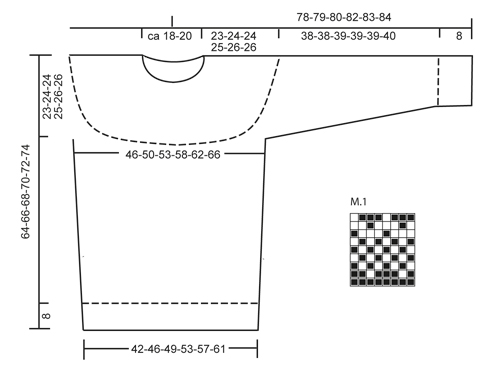
|
||||||||||

|
||||||||||
Elkészítette ezt a mintát?Akkor adja a képeihez a #dropspattern #nevillesweater tageket, vagy küldje be a képet a #dropsfan galériába. Segítségre van szüksége a modell elkészítéséhez? 13 tutorial videót találhat, és egy kérdés/felelek részt, és még többet, ha a mintát megkeresi a garnstudio.com oldalán. © 1982-2025 DROPS Design A/S. Minden jog fenntartca. Ez a documentim, az összes részével védelem alatt áll. A weboldalunkon többet olvashat arról, hogy mit tehet és mit nem a mintáinkkal. |
||||||||||








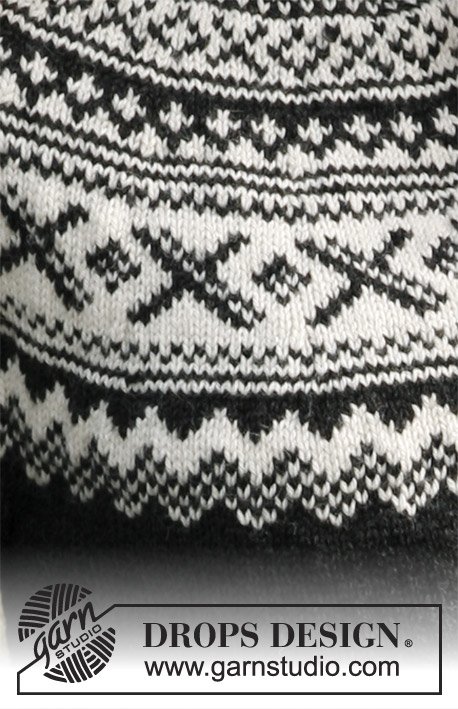



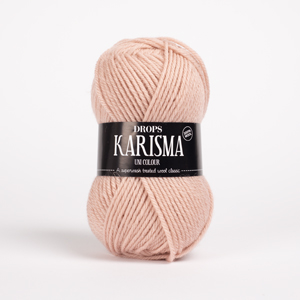

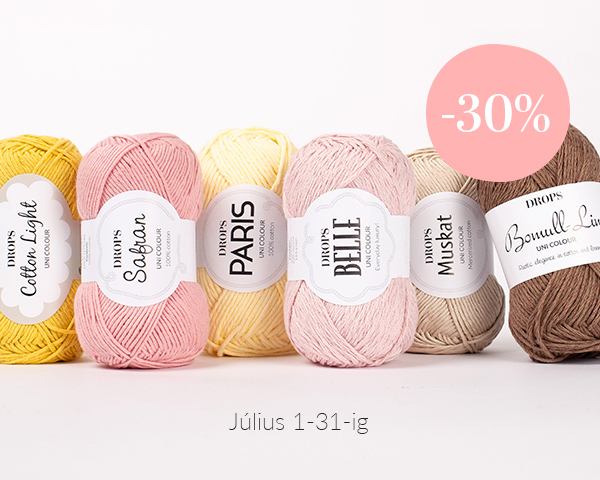
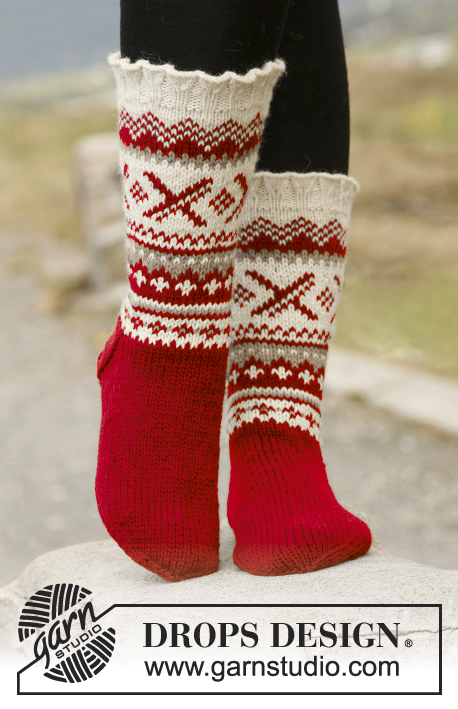
































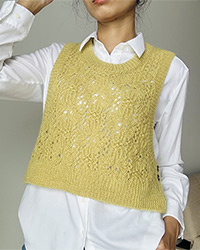

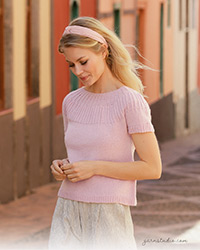
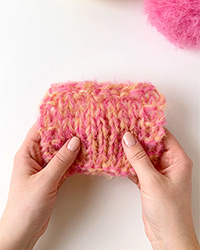
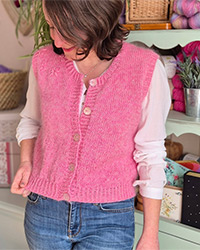
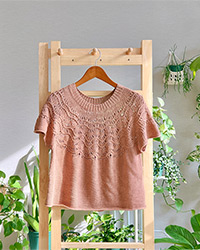
Post a comment to pattern DROPS 135-4
Szívesen vesszük, ha megosztja velünk gondolatait erről a mintáról.
Ha kérdést szeretne feltenni, ügyeljen arra, hogy a megfelelő kategóriát válassza ki, így fegyorsíthatja a válaszadás folyamatát. Það verður að merkja við svæði merktri með *.